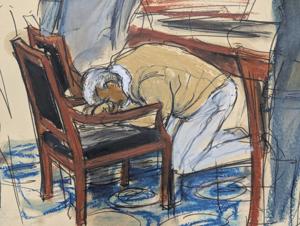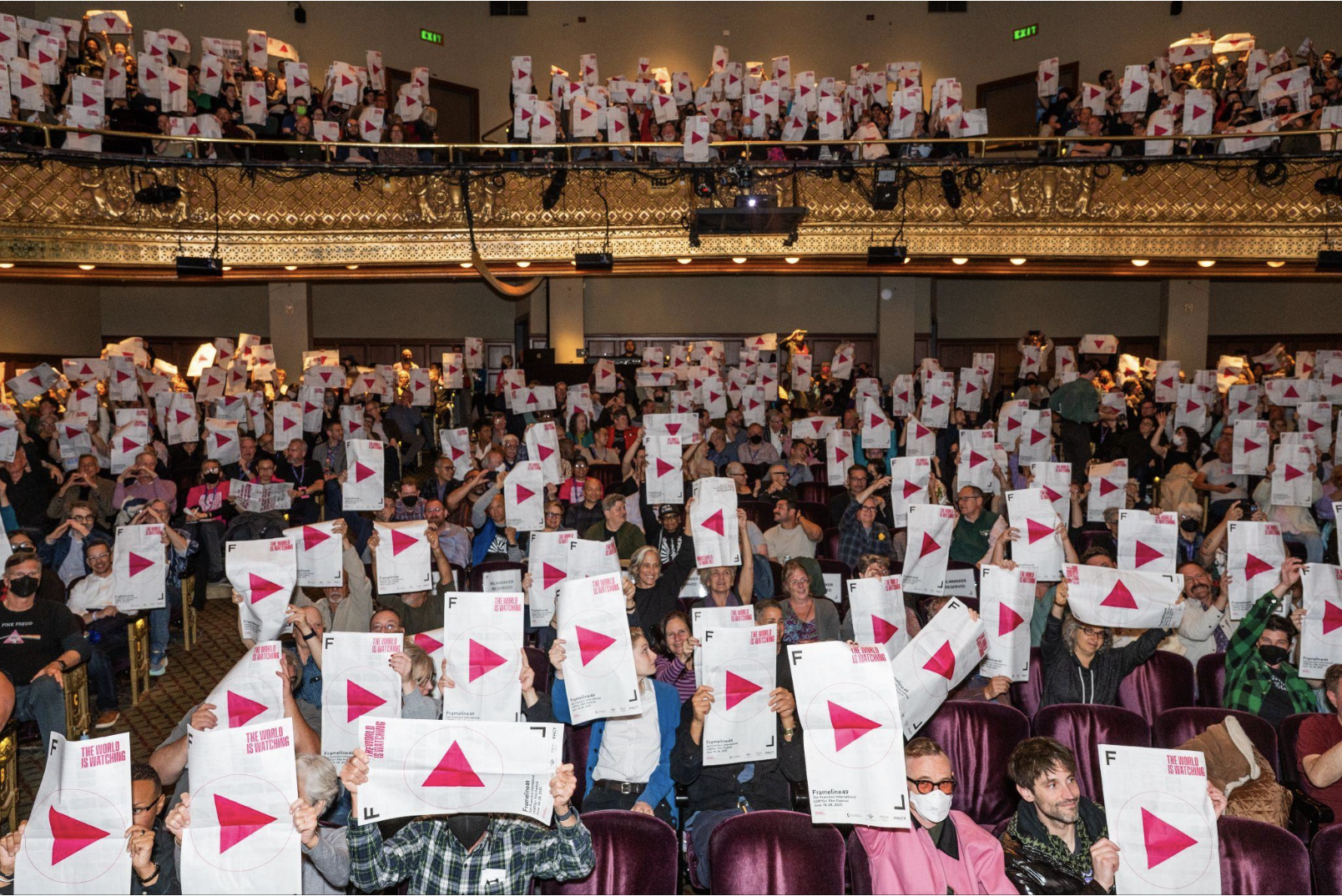The U.S. Justice Department’s Civil Rights Unit has cast a probing eye on Hollywood’s diversity quotas, particularly those influencing Oscar nominations, signaling a significant federal inquiry into the entertainment industry’s evolving practices. This federal intervention marks a pivotal moment, as the division, tasked with upholding foundational civil rights laws, initiates a review into how these diversity mandates might intersect with long-standing issues of discrimination or fair competition. The head of the civil rights division has publicly affirmed the administration’s proactive stance, stating their readiness to “receive leads about this,” indicating a broad scope for their investigation into the famed Hollywood landscape.
For years, the Hollywood industry has grappled with calls for greater diversity and inclusion, culminating in initiatives like the Academy of Motion Picture Arts and Sciences’ stringent “representation and inclusion standards” for Best Picture Oscar eligibility. These standards, introduced to encourage more equitable representation on screen and behind the scenes, aim to address historical imbalances by setting criteria related to race, gender, sexual orientation, disability, and other underrepresented groups. While widely lauded by many as a necessary step towards a more inclusive cinematic world, these mandates have simultaneously sparked debate regarding their implementation and potential unintended consequences within the competitive entertainment industry.
The involvement of the Justice Department’s Civil Rights Unit elevates this ongoing conversation from an industry-specific debate to a federal legal matter. The division’s purview extends to ensuring compliance with anti-discrimination statutes, and their scrutiny suggests a focus on whether the current diversity quotas, however well-intentioned, inadvertently create new forms of discrimination or impinge upon principles of merit-based selection. This development places the Academy’s efforts under a rigorous legal microscope, prompting a reevaluation of the precise legal parameters within which diversity initiatives can operate without infringing on civil liberties or fair market practices.
This federal inquiry introduces a complex legal dimension to the Hollywood conversation, particularly for a creative sector accustomed to self-regulation. While a significant portion of the industry remains committed to advancing diversity and equitable representation, the Justice Department’s involvement necessitates a careful examination of policy wording and application. Stakeholders, including studios, production companies, and talent agencies, are now grappling with the potential for legal challenges that could reshape how future projects are greenlit, cast, and even how awards are judged in a landscape increasingly defined by inclusion metrics.
The outcome of this scrutiny by the Justice Department could establish far-reaching precedents, not only for the Oscars and the broader Hollywood ecosystem but potentially for diversity initiatives across various American industries. A ruling or even a guiding statement from a federal civil rights body on the legality and implementation of such quotas could redefine the acceptable boundaries of affirmative action and inclusion policies nationwide. This makes the Justice Department’s ongoing inquiry a watchpoint for legal experts, policymakers, and advocates alike, eager to understand its implications for the future of civil rights enforcement and corporate responsibility.
As the investigation progresses, the entertainment industry waits with bated breath, recognizing that the results could fundamentally alter the approach to representation and awards criteria. The conversation around diversity in Hollywood is now inextricably linked with federal oversight, pushing for a delicate balance between fostering inclusivity and adhering to anti-discrimination laws. The coming months will likely see intensive discussions and potentially significant adjustments as the industry navigates this new federal challenge, underscoring the deep and intricate connections between culture, commerce, and civil rights in modern America.
Discover more from The Time News
Subscribe to get the latest posts sent to your email.



